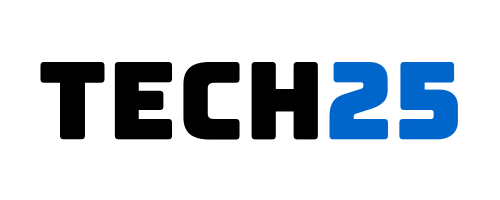intel has been pushing the boundaries of technology since the launch of the company. These facts about intel will surely teach you a thing or two you don’t know about the company.
For example this is a company that has paved the way to personal computers with their microprocessors.
It is very much possible that, you might have already used an intel product as of now without even knowing you have.
Or at least, you are familiar with them. intel is well-reputed worldwide for its processors such as the
- intel Core
- Pentium
- Xeon
- Atom and more.
If you know these names, then you know intel. But if you want to learn more about intel, then this is the post for you.
1. Intel Wasn’t Always Known as intel
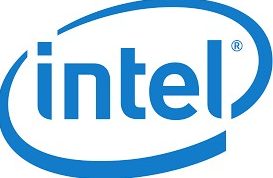
Today intel is widely recognized all over the world with its iconic name. However, it wasn’t always the case.
The founders of the company Gordon Moore and Robert Noyce named the company as ‘N M Electronics’ initially.
It was July 28th, 1968 when they named the company. The ‘N’ and ‘M’ refers to ‘Noyce’ and ‘Moore’ – the last names of the founders’.
However, the original name only lasted for a month, as they switched to intel after around 30 days and stayed with it.
2. History of intel
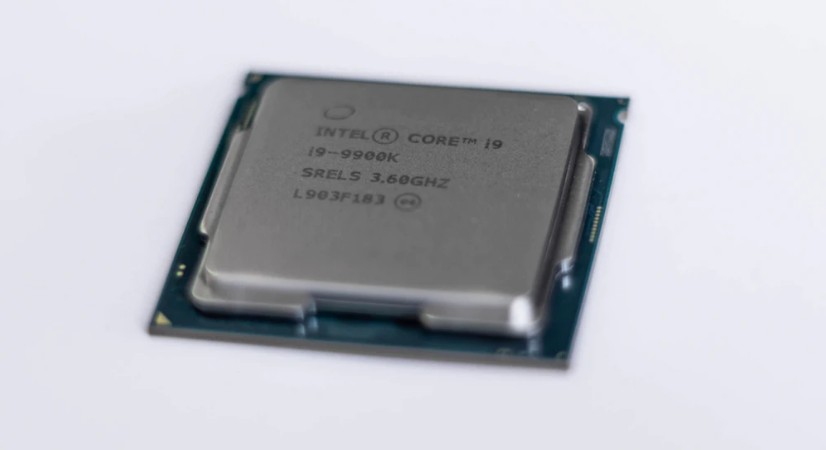
intel was founded back in 1968 in Mountain View, California. It was a brainchild of Gordon E. Moore and Robert Noyce and, Arthur Rock assisted them to find investors for the company.
Additionally, he was also one of the early investors in the company. As a result, he was not really an employee of the company. Rather, he was the chairman of the board.
During this time, the magnetic-core memory was the mainstream form of computer memory and, it was widely predicted that the semiconductor memory would take place of the magnetic-core memory at that time.
Due to that, the primary goal of the founders of intel was to pursue the semiconductor memory market.
3. The Name intel
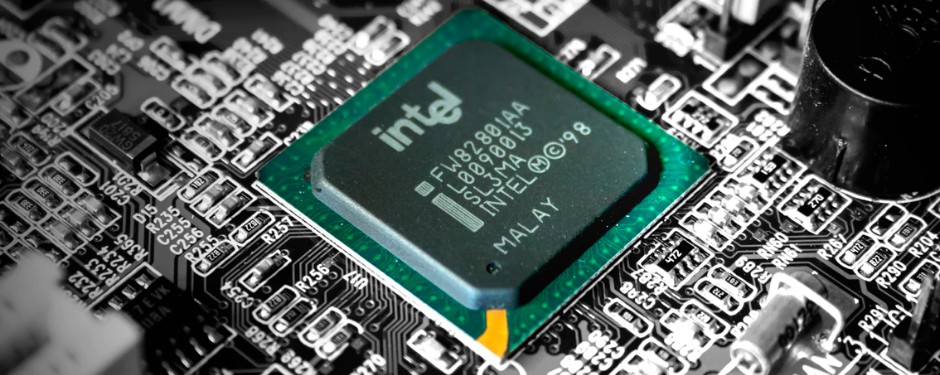
As you already know the initial name of the company was ‘N M Electronics’. So, when did it become intel?
It was after a few weeks of naming the company N M Electronics, they thought about changing the name. And finally, they decided on ‘intel’ as the name.
This new name is actually a blend of 2 words that are ‘Integrated Electronics’. However, at the time, the name ‘intel’ was already trademarked by a hotel chain named ‘Intelco’.
Thus, the company had to buy the rights of the new name from ‘Intelco’. It is reported that they had to pay about 15,000 USD for the right of the name.
4. intel Watch Business

Back in 1972, intel actually tried their hands on the digital watch market. At that time, they have bought ‘Microma’ that was a famous watch manufacturing company. Initially, they had seen some profits from the company.
However, there was a decline in the watch market in 1978. Thus, they have sold ‘Microma’ company and focused on their core products.
Interestingly, Gordon Moore – the co-founder of intel – still wears his Microma wristwatch.
5. intel Has its Own Museum
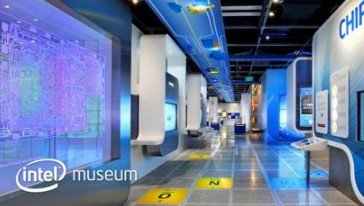
intel has a museum located at its headquarter in Santa Clara, California. This place contains various historical artifacts and information related to this tech giant company.
Initially, the museum began as an insider program by intel back in 1980. However, they have opened the place for the public in 1992.
In 1999, the intel Museum got a renovation and intel also expanded its size. At the moment, the area of the museum is about 10,000 sq. feet.
The best thing about this is that it is free to visit. And, about 90,000 people from all over the world visit the intel Museum per year.
6. Robert Noyce & Gordon Moore
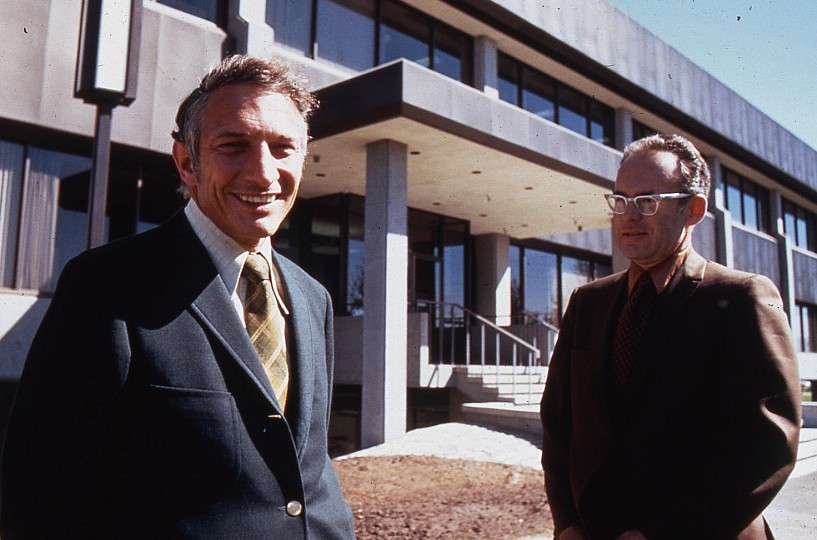
Robert Noyce was a physicist. Also, he was the co-inventor of the integrated circuit. Similarly, Gordon E. Moore was a chemist and he proposed the famous Moore’s law.
Before founding intel, both of them worked on ‘Fairchild Semiconductor’. However, after deciding about opening a new company, they have left the ‘Fairchild Semiconductor’ in 1968.
Both of them are highly influential in the technology world. For instance, Robert Noyce mentored a lot of future entrepreneurs and tech enthusiasts.
Among them, Steve Jobs of Apple was one of the most notable ones. He was also known as the ‘Mayor of Silicon Valley’.
Because it was his invention – the microchip or integrated circuit – that gave the place ‘Silicon Valley’ its name.
7. Moore Noyce
When both the founders of intel thought about founding their new company, they mainly thought that the company name would be ‘Moore Noyce’.
However, they swiftly rejected the idea to name the company ‘Moore Noyce’ as it would sound like ‘More Noise’. Interesting, isn’t it?
8. Office Cubicles
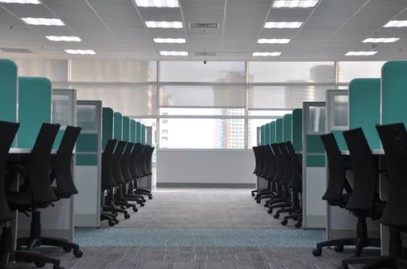
Many of the companies around the world use cubicles in their offices. But it is speculated that intel was the company that made the office cubicles popular since the beginning.
However, in 2007 after a few decades of cubicle design, intel decided to try something new and abandoned the familiar office space design and started using a more open space design we still know today.
9. Intel Bunny Suits
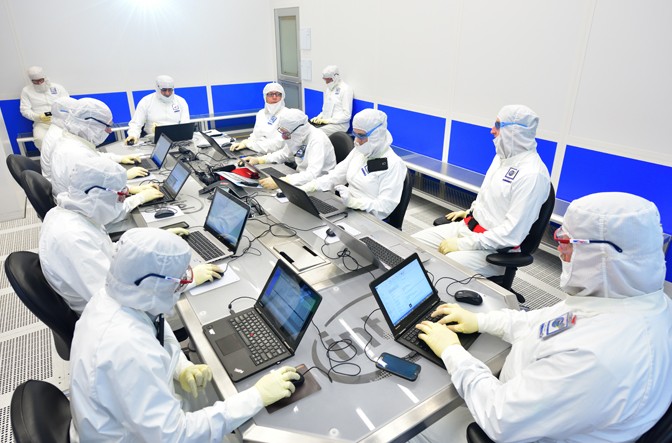
Microprocessors need to be fabricated in an environment that is ultra-clean. However, back in 1968, the standard cleanroom practices were not up to the mark.
During those times, the facilities where the production would take place were kept clean regularly. But the employees that would work there didn’t have a strict dress code.
In 1971, intel has set a few rules about the dress code. And from there, the famous bunny suits became mainstream.
By 1980, the bunny suits become a companywide standard, and to this day, all the employees in those microchip production facilities wear bunny suits.
Understandably, the design of the suits is still a work in progress as intel makes continuous improvement for attaining the best results.
10. Facts about the Cleanroom
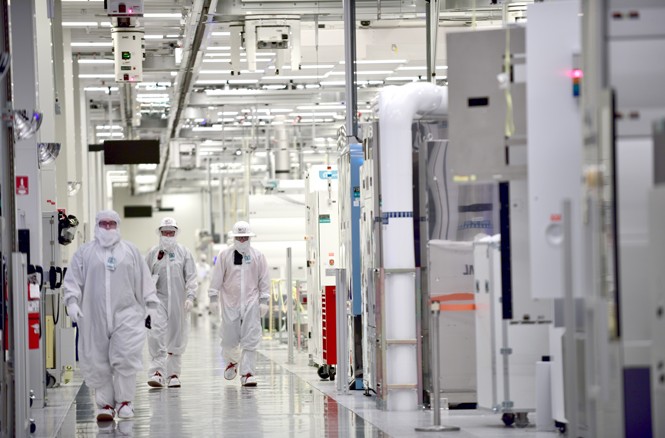
All the silicon chips are fabricated in a particular area of the fab known as the ‘Clean room’.
These rooms are reported to be thousands of times cleaner than a clean hospital. As previously mentioned, the employees that work in this area must wear the ‘Bunny Suits’ so that the environment stays clean.
An incredible fact about the cleanroom is that there are no particulars in the cleanroom that would be above 0.5 microns.
Compared to that, a human hair is about 75 microns across on average. Think about that for a minute!
11. First Year Revenue of Intel

In 1968, when Robert Noyce and Gordon Moore started their new company, it made only 2,672 USD of revenue in its first year. For a new company, it was both good and bad.
However, thanks to a few investors, the reputation of the founders, and the strong work ethics of intel’s employers, the company started to make a good profit in the following years.
In fact, intel went public in 1971 and raised about 6.8 million USD back then.
12. Revenue of Intel
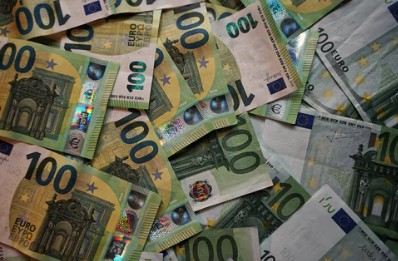
The total revenue of intel from 2010 to now can be seen in the table below. Needles to say, the company quickly grew to a billion dollar company.
| 2010 | $43.6B |
| 2011 | $53.9B |
| 2012 | $53.3B |
| 2013 | $52.7B |
| 2014 | $55.8B |
| 2015 | $55.3B |
| 2016 | $59.3B |
| 2017 | $62.7B |
| 2018 | $70.8B |
| 2019 | $71.9B |
| 2020 | $77.8B |
| 2021 | $79B |
| 2022 | $63B |
13. intel Acquisitions
Since the beginning, intel has been investing in or directly purchasing many companies. From 2009 to this moment, intel has acquired about 27 big businesses or companies worldwide.
Among them, some notable names like:
- McAfee (for 7.6 billion USD)
- Altera (for 16.7 billion USD)
- MobilEye (for about 15 billion USD)
- Habana Labs (for about 2 billion USD)
14. The Pentium Flaw
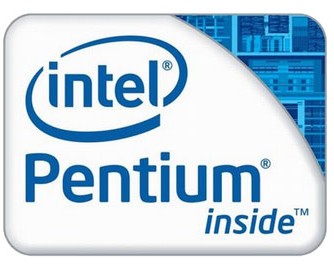
There was a bug in the intel P5 Pentium microprocessors. These line of processors were released in 1994.
This particular bug was discovered by Dr. Thomas Nicely (a Professor of Mathematics) in October 1994.
After discovering the bug, he contacted intel about this. Yet, intel hasn’t replied to him. Thus, he posted about the bug on the internet on 30th October 1994.
Instantly, this had become the talk of the town. Still, intel came with a statement saying that the flaw was minor.
And they didn’t offer any compensation for that. However, when the big customers of intel like IBM refused to sell their PC with the flawed CPU, intel actually changed their mind.
They have offered to replace every chip that came with the bug. As a result, intel actually lost about 497 million USD that same year. Luckily for intel, the ‘Pentium Flaw’ instance made them well-known all over the USA.
15. intel & Apple Agreement
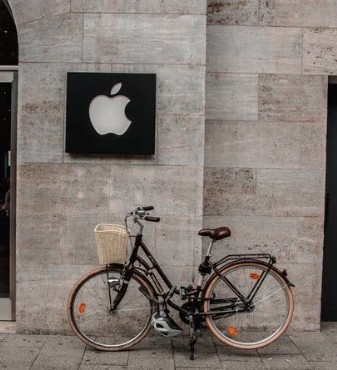
intel has a subsidiary company named IMC or ‘intel Mobile Communications’. This is the mobile research and development division of intel.
Recently, Apple and intel have reached an agreement that Apple will acquire the IMC from intel for 1 billion USD.
The announcement came on 25 July 2019.
16. Intel Research and Development
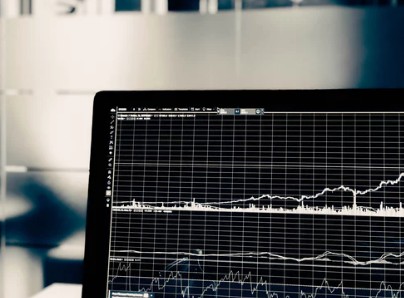
intel is one of the top companies in the world in terms of research and development. They are the top spender in R&D among all the semiconductor manufacturing companies in the world.
They spend more than 10 billion USD every year on research and development.
17. intel’s Employment
Right now, intel has over 121,100 employees all over the world. Reportedly, 50% of the total employees are from the US.
At the same time, intel is also an influential figure in a lot of other countries. For instance, their microprocessor facility in Costa Rica was responsible for about 4.9% of that country’s total GDP in 2006.
They also have about 100 researchers in China that comprise about 10% of the total number of researchers from the company overall. However, there were times when intel would cut thousands of jobs.
For example, in 2014, intel actually laid off about 5,000 of its employees. Also, back in 2012, this company has cut about 12,000 jobs due to declining PC sales.
18. The Effect of Intel Inside
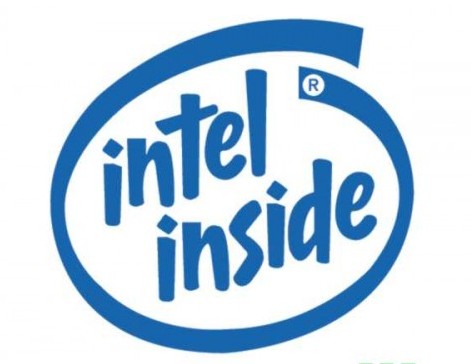
intel Inside! We bet that you are familiar with this phrase. In the 1990s, intel had some fierce competition in the semiconductor market from other companies.
During that time, the ‘Pentium Flaw’ incident took place. All in all, it was not going well for intel.
To tackle all these issues, intel came up with a new type of advertising idea in 1991. This was when the ‘intel Inside’ campaign was born.
The idea came to fruition when a meeting took place between intel and MicroAge. And later, it has become one of the most successful ad campaigns in history. However, intel has now moved away from the ‘intel Inside’ campaign.
19. Notable Products & Services from Intel
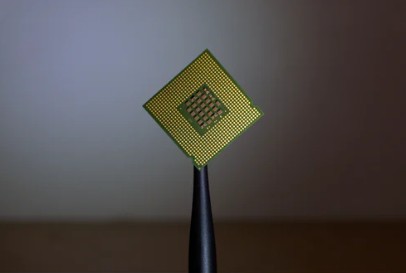
We all know that intel makes processors for computer devices. However, they also offer a lot of other services.
For instance, they manufacture and supply integrated GPUs, SSDs (Solid State Drive), Modems, Bluetooth & Wi-Fi chipsets, motherboard chipsets, flash memory, and more.
intel also has been working on self-driving cars for a long time. Other than these, it also has numerous softwares and cloud-based services for organizations and large companies.
20. intel’s Top Customers
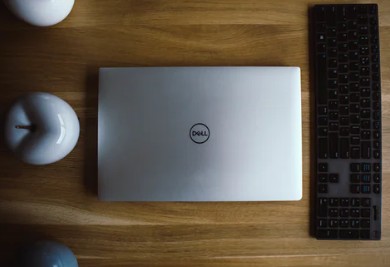
Typically, intel does sell its products to the customers directly. However, there are a lot of companies that also buy products from intel.
Reports suggest that Dell was the top customer of intel as they are accountable for 16% of intel’s total revenue in 2017.
Next, Lenovo has been responsible for 13% of intel’s revenue in the same year. And, the 3rd place of intel’s top customers goes to HP Inc. for about 11% of the total revenues.
21. intel’s First Success
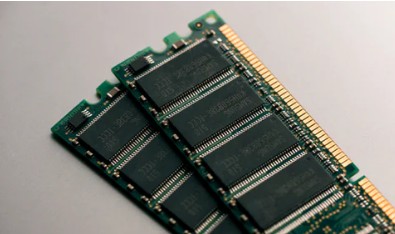
Nowadays, intel primarily sells CPUs and microprocessors. Initially, they actually developed and sold SRAM (Static Random-access Memory) and DRAM (Dynamic Random-access Memory) for computers.
The intel 1103 was the first commercially available DRAM.
The release of this DRAM actually put the new company on the map. However, later, they launched the 4004 microprocessor back in 1971.
It was their first microprocessor. This processor had 2300 transistors. This chip was used on a calculator at the time.
In 1974, intel released the Intel 8080 microprocessor. This was the world’s first 8-bit chip that kick-started the era of computer development. Then with the release of the intel 8086 processor, IBM reached an agreement with intel to use this new processor in IBM’s all the upcoming computers. And the rest is history.
22. intel Supercomputers
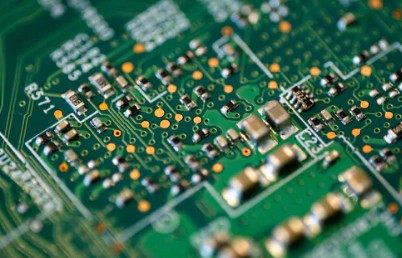
In 1984, intel founded the ‘intel Scientific Computers division’. The primary goal of this division was to design and develop parallel computers.
In 1992, the name of the division was changed to the ‘intel Supercomputing Systems Division’.
Since then, intel started to work on developing supercomputers. In fact, they have designed multiple supercomputers as well such as the intel iPSC/860, intel iPSC/1, ASCI Red, Paragon, etc.
23. Intel Brand Value
There is no doubt that intel is now one of the world’s biggest brands. Even their brand strength indicates that clearly.
At the moment of writing this post, the brand value of intel is about 63 billion USD.
24. intel’s Market Share Decline in Recent Years
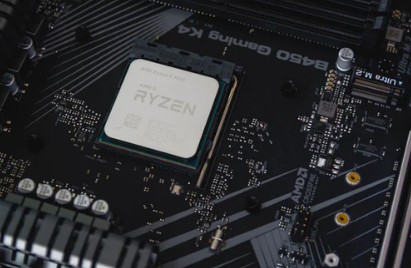
For a long time, intel was the number one semiconductor seller in the world. However, this is not the case anymore.
As of 2019, intel is facing tough competition from companies like Samsung, TSMC, and AMD. Samsung has become the world’s number one semiconductor seller surpassing intel in 2017 and 2018.
One of the main reasons behind that is the delay in the production of intel’s 10 nm products.
AMD has come up with some of the most powerful processors within unbelievably affordable price tags recently. Thus, lots of OEMs like Microsoft, Asus, Dell, etc. have started to ship their products with AMD CPUs by ditching intel.
25. Controversy against intel

Like many other famous companies, intel also has its fair share of controversies. Among them, the most noteworthy one was AMD vs. intel antitrust lawsuit incident.
In June 2005, AMD filed a private antitrust lawsuit against intel stating that intel has used collusion and illegal threats to dominate the computer microprocessor market.
Later in 2009, AMD has agreed to drop the lawsuit in exchange for 1.25 billion USD from intel.
Wrapping Up
intel has gone and become one of the top names in the tech industry globally. At the moment, this is one of the most recognizable, powerful, and successful brands in the world.
